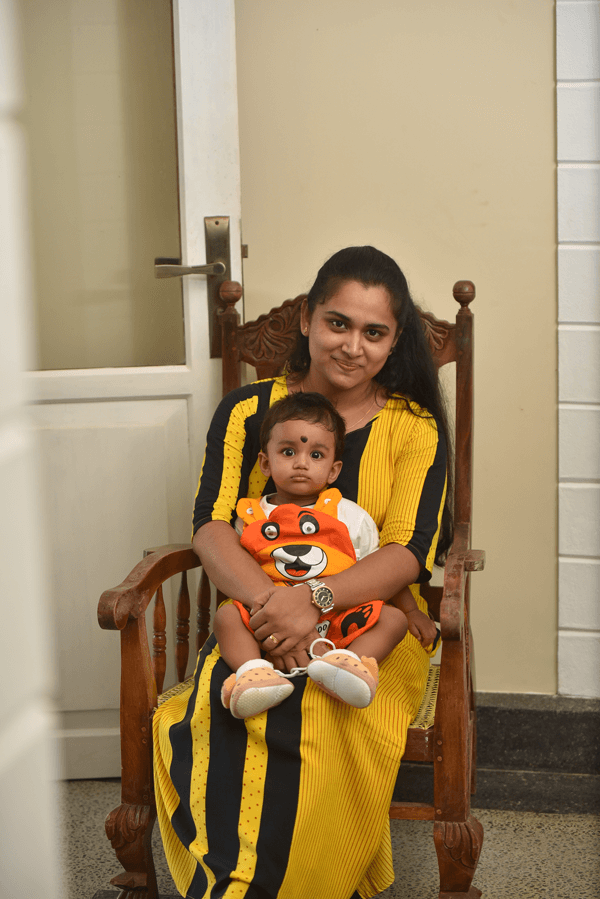Polycystic Ovary Syndrome (PCOS) and Endometriosis are two of the most common reproductive health conditions affecting women worldwide. Despite their prevalence, many people tend to confuse and conflate the two, leading to misdiagnosis and ineffective treatment. While both conditions can cause similar symptoms such as pelvic pain, irregular periods, and fertility difficulties, they are fundamentally different in their causes, diagnosis, and treatment. Understanding the differences and similarities between PCOS and endometriosis is essential in helping women get the right diagnosis and treatment. In this article, we'll take a closer look at these two conditions, explore their symptoms, causes, and treatment options, and offer tips on how to manage them effectively. So, whether you're experiencing menstrual irregularities or have been recently diagnosed with either PCOS or endometriosis, this guide will provide you with the information you need to navigate these conditions with confidence.
What is PCOS?
PCOS is a hormonal disorder that affects the ovaries. It is characterized by the presence of cysts on the ovaries, irregular periods, and high levels of androgens (male hormones) in women. PCOS is one of the most common hormonal disorders in women of reproductive age, affecting between 5% and 10% of women worldwide. Women with PCOS may experience a range of symptoms, including irregular periods, weight gain, acne, excessive hair growth, and fertility difficulties.
The exact cause of PCOS is not known, but it is thought to be related to insulin resistance, where the body's cells become less sensitive to insulin, leading to high levels of insulin in the blood. This can cause the ovaries to produce more androgens than normal, leading to hormonal imbalances and the development of cysts on the ovaries.
Although PCOS cannot be cured, it can be managed with lifestyle changes, medication, and other treatments. Women with PCOS are encouraged to maintain a healthy weight, exercise regularly, and eat a balanced diet to help manage their symptoms.
What is Endometriosis?
Endometriosis is a condition where the tissue that usually lines the inside of the uterus grows outside of it. This tissue can grow on the ovaries, fallopian tubes, and other organs in the pelvic region, causing pain, inflammation, and infertility. Endometriosis affects around 10% of women of reproductive age worldwide and can cause a range of symptoms, including pelvic pain, painful periods, painful sex, and fertility difficulties.
The exact cause of Endometriosis is not known, but it is thought to be related to hormonal imbalances, genetics, and immune system dysfunction. Endometriosis can be diagnosed through a physical exam, ultrasound, or laparoscopy, where a small camera is inserted into the abdomen to view the pelvic organs.
Although Endometriosis cannot be cured, it can be managed with medication, surgery, and other treatments. Women with Endometriosis are encouraged to manage their symptoms with pain relief medication, hormone therapy, and lifestyle changes.
Causes and Risk Factors of PCOS and Endometriosis
PCOS and Endometriosis have different causes and risk factors. PCOS is thought to be related to insulin resistance, genetics, and lifestyle factors such as obesity and lack of exercise. Women with a family history of PCOS are also at a higher risk of developing the condition.
Endometriosis, on the other hand, is thought to be related to hormonal imbalances, genetics, and immune system dysfunction. Women with a family history of Endometriosis are also at a higher risk of developing the condition.
Both PCOS and Endometriosis can be exacerbated by certain lifestyle factors, such as stress, lack of exercise, and poor diet.
Symptoms of PCOS and Endometriosis
PCOS and Endometriosis share some common symptoms, but they also have some distinct symptoms. The common symptoms of both conditions include:
- Pelvic pain
- Irregular periods
- Fertility difficulties
- Fatigue
- Mood changes
Symptoms of PCOS that are not typically seen in Endometriosis include:
- Excessive hair growth
- Acne
- Weight gain
- High levels of androgens in the blood
Symptoms of Endometriosis that are not typically seen in PCOS include:
- Painful periods
- Painful sex
- Painful bowel movements or urination
- Heavy bleeding during periods
Diagnosis of PCOS and Endometriosis
PCOS and Endometriosis can be diagnosed through a physical exam, ultrasound, or laparoscopy. Blood tests may also be ordered to check hormone levels in women suspected of having PCOS.
To diagnose Endometriosis, your doctor may perform a pelvic exam to check for growths or cysts. Ultrasound and MRI scans may also be ordered to detect any abnormalities in the pelvic region. In some cases, a laparoscopy may be needed to confirm the diagnosis of Endometriosis.
Treatment Options for PCOS and Endometriosis
PCOS and Endometriosis can be managed with medication, surgery, and lifestyle changes. Treatment options for PCOS include:
- Hormonal birth control to regulate periods and reduce androgen levels
- Metformin to improve insulin sensitivity
- Clomiphene citrate to induce ovulation in women trying to conceive
- Lifestyle changes such as weight loss and exercise
Treatment options for Endometriosis include:
- Pain relief medication such as ibuprofen or acetaminophen
- Hormone therapy to regulate the menstrual cycle and reduce pain
- Surgery to remove the growths or cysts
- Lifestyle changes such as stress reduction, exercise, and dietary changes
Lifestyle Changes for Managing PCOS and Endometriosis
Making lifestyle changes can help manage the symptoms of PCOS and Endometriosis. Women with PCOS are encouraged to maintain a healthy weight, exercise regularly, and eat a balanced diet to help manage their symptoms. Women with Endometriosis are encouraged to manage their symptoms with stress reduction techniques, exercise, and dietary changes.
Coping with PCOS and Endometriosis
Living with PCOS or Endometriosis can be challenging, but there are ways to cope with these conditions. It's essential to have a support system in place, whether it's through family, friends, or a support group. Women with PCOS or Endometriosis should also take care of their mental health by practicing stress reduction techniques such as meditation, yoga, or therapy.
Differences and Similarities between PCOS and Endometriosis
PCOS and Endometriosis share some common symptoms, such as pelvic pain, irregular periods, and fertility difficulties. However, they are fundamentally different in their causes and treatment options. PCOS is a hormonal disorder that affects the ovaries, while Endometriosis is a condition where the tissue that lines the inside of the uterus grows outside of it. PCOS can be managed with lifestyle changes, medication, and other treatments, while Endometriosis can be managed with pain relief medication, hormone therapy, and surgery.
Conclusion
PCOS and Endometriosis are two common reproductive health conditions that affect women worldwide. Although they share some common symptoms, they are fundamentally different in their causes, diagnosis, and treatment options. Understanding the differences and similarities between these two conditions is essential in helping women get the right diagnosis and treatment. If you're experiencing menstrual irregularities or have been recently diagnosed with either PCOS or Endometriosis, it's important to talk to your healthcare provider about your options for managing these conditions. With the right diagnosis and treatment, women with PCOS or Endometriosis can live healthy and fulfilling lives.







